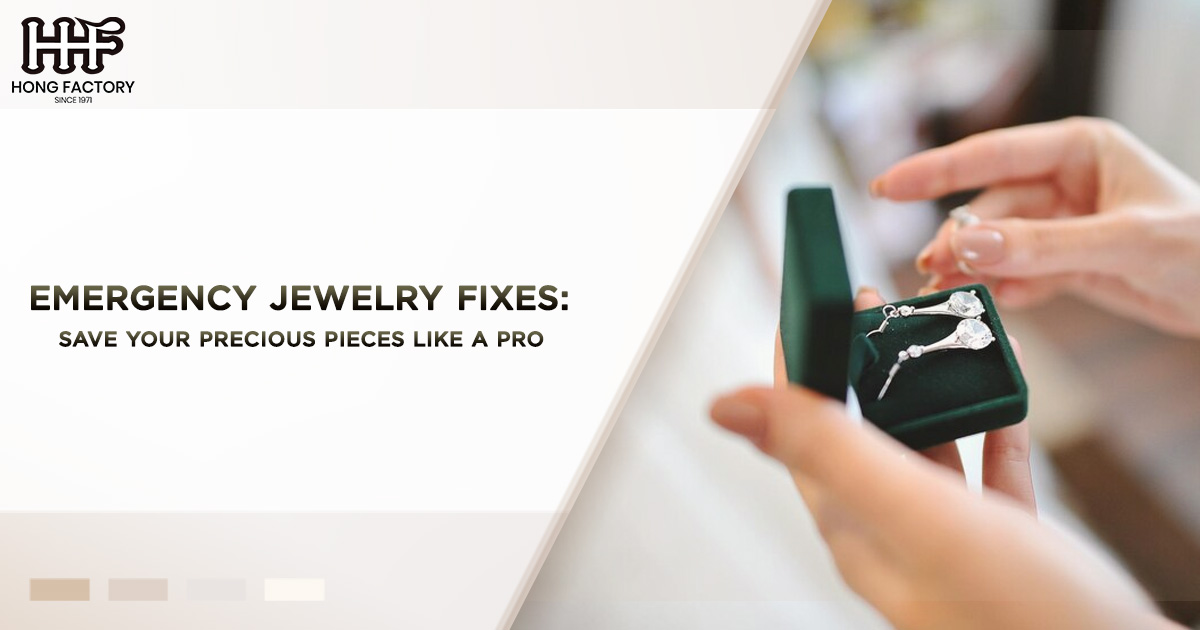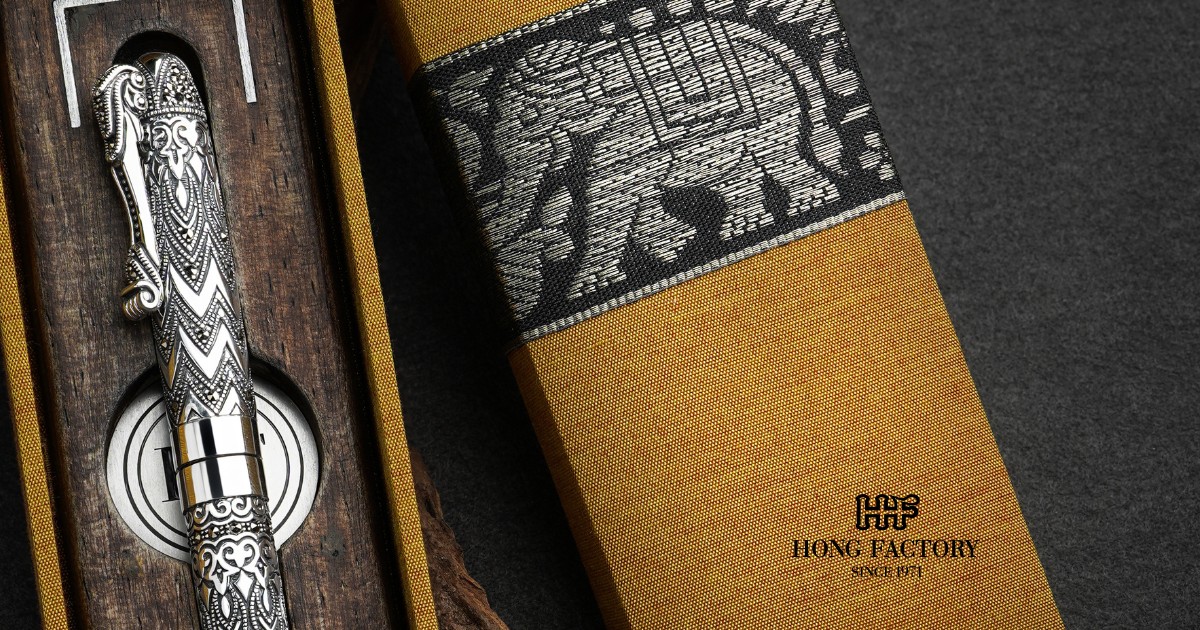Jewelry holds immense sentimental and financial value. Whether it’s your grandmother’s vintage ring, a necklace gifted by a loved one, or a bracelet you bought to celebrate a milestone, these pieces are more than just accessories—they’re treasures. But what happens when your favorite jewelry breaks at the worst possible moment? A loose gemstone, a snapped chain, or a bent earring post can feel devastating. Luckily, with a little knowledge of jewelry repair, DIY fixes, emergency care, and jewelry restoration, you can often salvage these valuable pieces quickly and effectively.
In this comprehensive guide, we’ll walk you through practical tips, tools, and techniques to tackle jewelry emergencies like a pro. Whether it’s a temporary fix or the first step toward professional restoration, these solutions will help you keep your precious items safe and wearable.
Common Jewelry Emergencies and How to Fix Them
Let’s dive into some of the most common jewelry mishaps and explore DIY solutions you can try at home.
1. Snapped Chains
A broken chain is one of the most frustrating jewelry issues, but it’s also one of the easiest to fix temporarily.
DIY Fix
- For lightweight chains, use small jewelry pliers to reconnect the broken links. Gently open the broken link, slip the other end of the chain into it, and close the link securely.
- If the break is near the clasp, replace the damaged clasp with a new one from a craft store. Simply attach the clasp to the nearest intact link.
Emergency Care Tip
While waiting for a professional repair, avoid wearing the chain under stress, as temporary fixes may not hold up to heavy use.
Professional Jewelry Restoration
A jeweler can solder the chain back together for a seamless and long-lasting repair.
2. Loose or Missing Gemstones

A loose or missing gemstone can be heart-wrenching, but don’t panic! Quick action can save the day.
DIY Fix
- If the gemstone is loose but still in its setting, use clear nail polish or super glue as a temporary adhesive. Apply a tiny drop to hold the stone in place. Be cautious not to damage the surrounding metal.
- If the gemstone has fallen out, carefully retrieve it and store it in a small bag or box until you can have it professionally re-set.
Emergency Care Tip
Inspect your jewelry regularly to catch loose stones early. Avoid wearing pieces with loose settings until they’re repaired.
Professional Jewelry Restoration
A jeweler will use specialized tools to secure the stone or replace it with a similar one if it’s lost. They can also tighten prongs and reinforce settings to prevent future issues.
3. Bent or Broken Earring Posts
Earring posts are delicate and prone to bending or snapping, especially if they get caught on clothing or mishandled.
DIY Fix
- For a bent post, gently straighten it with your fingers or small pliers. Be careful not to over-bend, as this can weaken the metal further.
- If the post breaks, consider using earring converters or clip-on backings as a temporary solution.
Emergency Care Tip
Store earrings in a padded container to prevent bending or damage.
Professional Jewelry Restoration
A jeweler can solder a new post onto your earring or replace it with a sturdier one.
4. Snapped Bracelets
Bracelets, especially those with intricate links or clasps, are prone to breaking.
DIY Fix
- For elastic or beaded bracelets, re-string them with a new stretch cord. You can find jewelry-making supplies at craft stores.
- For metal bracelets, use pliers to reconnect broken links or replace damaged components.
Emergency Care Tip
Avoid wearing bracelets that are too tight, as this puts stress on the material and increases the risk of snapping.
Professional Jewelry Restoration
A jeweler can solder broken metal pieces or professionally re-string delicate beaded designs.
5. Tarnished or Dull Jewelry
Over time, jewelry can lose its shine due to exposure to air, moisture, or skin oils.
DIY Fix
- For gold and silver, use a soft cloth and a small amount of toothpaste or baking soda mixed with water to gently polish the surface.
- For costume jewelry, clean with a mixture of mild dish soap and warm water. Avoid soaking for too long, as this can loosen glued components.
Emergency Care Tip
Store jewelry in a cool, dry place and use anti-tarnish strips to keep it shiny.
Professional Jewelry Restoration
A jeweler can professionally clean and polish your jewelry, restoring its original luster.
Essential Tools for DIY Jewelry Fixes
To handle jewelry emergencies like a pro, it’s helpful to have a basic repair kit on hand. Here are some must-have tools
- Jewelry Pliers : Flat-nose, round-nose, and chain-nose pliers are essential for handling small components.
- Jewelry Glue : Use a high-quality adhesive designed for delicate materials.
- Magnifying Glass : Helps you see intricate details clearly.
- Replacement Parts : Keep spare clasps, jump rings, and earring backs in your kit.
- Polishing Cloth : Keeps your pieces shiny and clean.
When to Seek Professional Help
While DIY fixes can be lifesavers, not all jewelry repairs are suitable for at-home solutions. Here are some signs it’s time to consult a professional
- Complex Repairs : Issues like resizing rings, soldering metal, or re-setting gemstones require specialized tools and expertise.
- High-Value Pieces : For heirloom or expensive jewelry, it’s best to leave repairs to a trusted jeweler to avoid further damage.
- Recurring Problems : If your jewelry keeps breaking, a professional can diagnose and address the underlying issue.
Preventing Jewelry Emergencies
The best way to deal with jewelry emergencies is to prevent them in the first place. Here are some tips to keep your pieces in top condition
- Regular Inspections : Check for loose stones, bent prongs, or worn clasps before wearing your jewelry.
- Proper Storage : Use padded jewelry boxes or organizers to prevent tangling and scratching.
- Avoid Harsh Conditions : Remove jewelry before swimming, exercising, or using household cleaners.
- Professional Maintenance : Schedule periodic cleanings and inspections with a jeweler to catch issues early.
Conclusion
Jewelry emergencies can happen to anyone, but with the right knowledge and tools, you can handle them with confidence. Whether you’re tackling a quick DIY fix, providing emergency care, or seeking professional jewelry restoration, these tips will help you save your precious pieces and keep them looking their best.
Remember, while temporary fixes are helpful in a pinch, it’s always a good idea to follow up with a professional jeweler for long-term repairs. By combining at-home care with expert attention, you can ensure your jewelry remains a cherished part of your life for years to come.
So the next time you face a jewelry emergency, don’t panic—channel your inner jewelry repair pro and take action!



